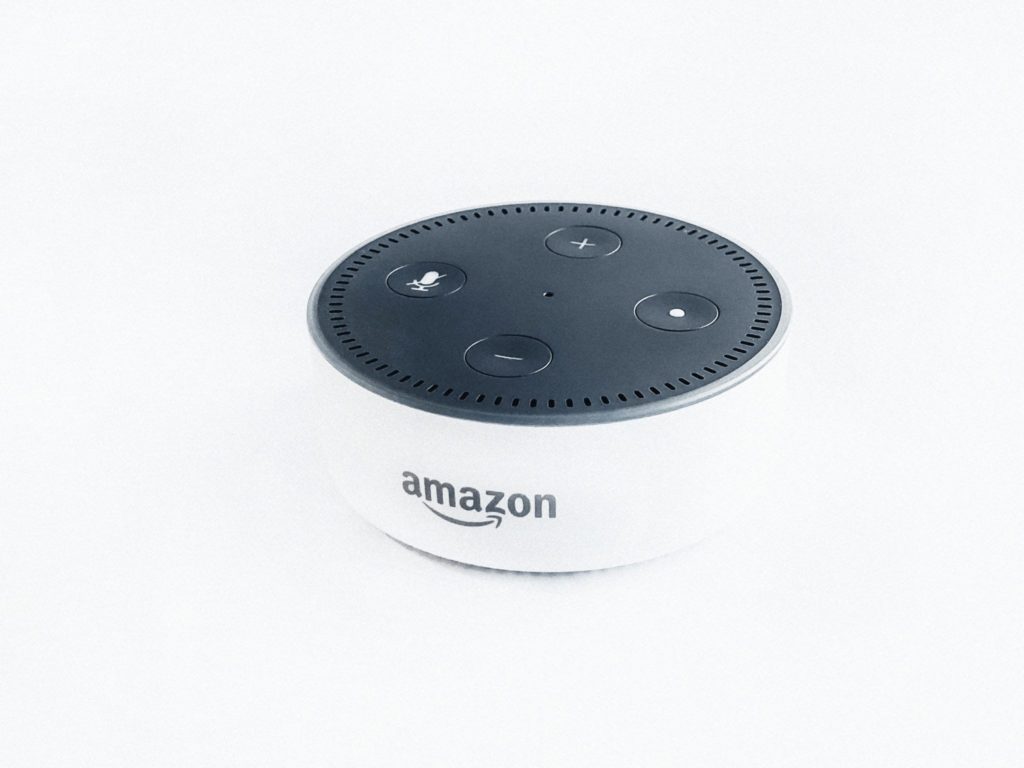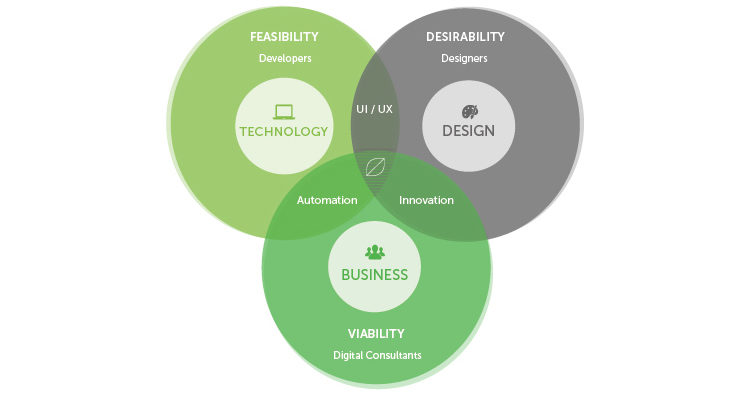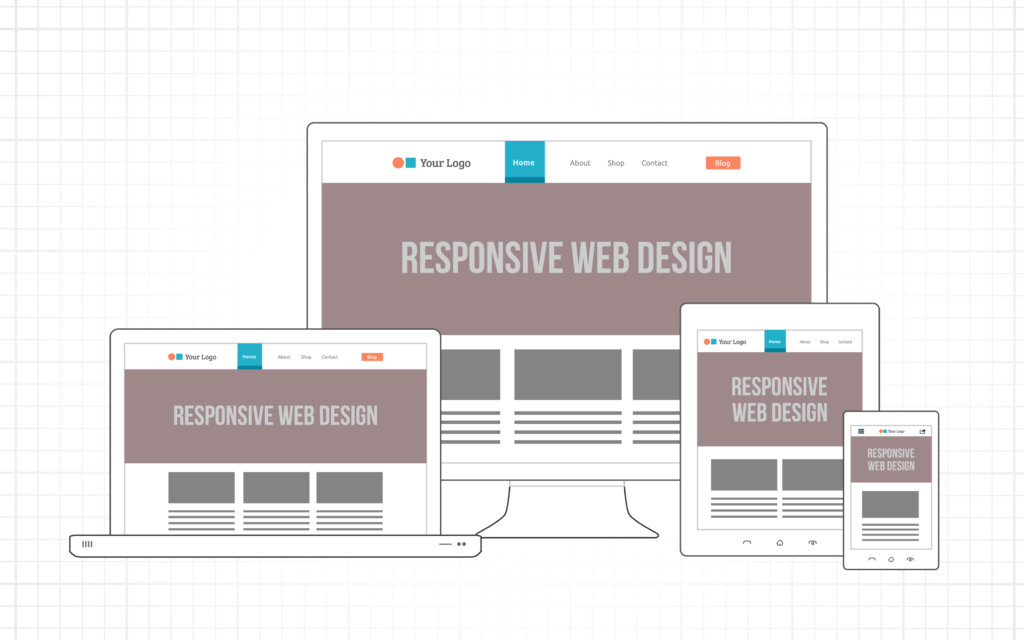Article
Design + Agile Mindset

At Fresh, all of our projects are infused with our design-led approach and its underlying philosophy. We champion the need to first find the right digital product to build, and then to build it right. Both an understanding of the desired deliverable and an optimal workflow for creating it are essential.
We tend to work with both a design-led and Agile mindset that allows for both clarity and flexibility. At the heart of design-led development comes maintaining or developing a clear product vision and roadmap that your team can stick to confidently. However, leaving space for a flexible Agile mindset helps ensure that the outcome is authentic and accomplishes user and stakeholder goals alike.
A Cohesive Product Vision Is a Good Investment
To define the product vision and roadmap upfront, we typically use some combination of ideation, collaboration, research, and evaluation. Associated deliverables include research decks, wireframes, and information architecture visualizations. These core deliverables provide a foundational vision for what the digital product will be.
Understanding effort upfront in a project has a cascading effect for the rest of the project, and scoping out the right amount of work for each stage – given budget and time constraints – is critical. For example, if a project has high amounts of uncertainty (changing requirements, updates in technology, etc.), too much time spent understanding too much up front can go to waste with inevitable changes later on.

Consider Pareto’s 80-20 rule: “For many events, roughly 80% of the effects come from 20% of the causes.”
Regarding project management, this means that 20% of the effort spent on the front-end of a project getting it right will likely yield 80% of the results, leading to more certainty, better collaboration, and a more high-quality end product. Otherwise, 80% effort (without a PM helping to maintain a cohesive product vision) will lead to 20% of the results, which is a costly misallocation of time and effort.
Depending on the size of the project, the initial design phase will be done once or at the beginning of a design sprint. In either case, the design-led philosophy hinges on iteration – creating pieces of the design, rolling out a minimum viable product, rolling out a minimum lovable product, and testing for validation along the way. This results in components of the product that are less subject to change long-term, leading to cost-savings.
An Agile Mindset: The Means of Maintaining the Design-Led Approach
Fresh is a design-first company, so any project management approach typically starts with design-led. Our overarching philosophy is Agile.
Agile prioritizes:
- Individuals and interactions over processes and tools – establish a fun, creative, and collaborative environment with empowered employees and minimal bureaucracy.
- Working software/digital products over excessive documentation – break complex problems into manageable chunks, and spur innovation by experimenting in rapid “plan, do, study, and act” feedback loops.
- Customer collaboration over contract negotiation – quickly deliver what customers value most, then tweak specifications as customers learn more about what they value.
- Responding to change over following a plan – create a vision and a plan, but plan in detail only the things that are least subject to change.
This is where a project manager’s expertise truly shines – that is, in fostering a mindset among team members and stakeholders where flexibility and adaptability are emphasized and the end user is always kept at top of mind.









